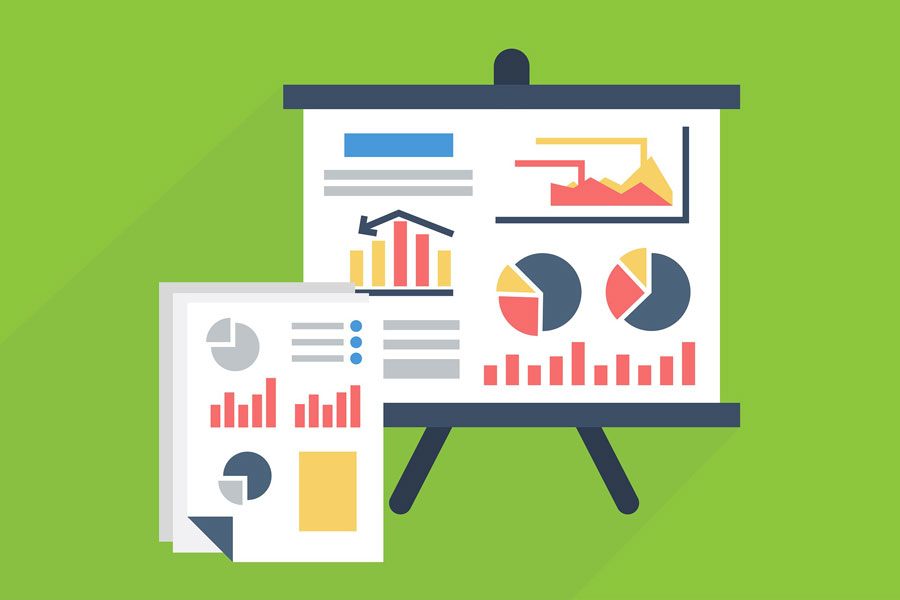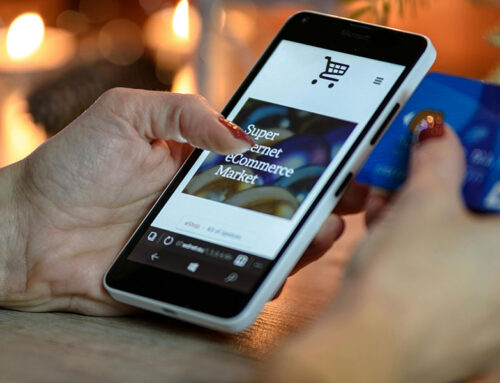Whether you’re running an ecommerce store as a hobbyist operation or a committed full-time business, growth isn’t an easy thing to achieve. It generally needs to be fought for and won using steady iteration: you adjust your content in a certain way, perhaps shake up your product inventory, and see what the results are before planning further alterations.
Note that vital step of seeing what the results are. Key to this process of development and improvement is using tactics with reliably-trackable performance. If you can’t easily tell how effective a given growth method is proving, you can’t make it better — and that situation inevitably leads to stagnation and frustration.
When plotting your growth strategy for the next year, then, you need to build around tactics that produce clear and direct consequences, allowing you to make rapid changes as the months go by and thus improve at a rapid CLP. To give you a solid foundation, here are 5 data-backed methods for expanding your ecommerce store:
1. Optimise content for keywords
Keywords are hugely important for ecommerce. While semantic search (the ability of search engines to interpret meaning) have removed any pressing need to really hammer any given keyword home, you’re not going to rank for a term that you don’t specifically mention. And since your site’s keyword performance is trackable through Google’s Search Console (and various other SEO tools), you have the data you need to make real progress in a year.
Start by looking at the keywords your pages are currently ranking for, and which terms are driving the most traffic and conversions. Where are the big gaps? Could you improve the most popular pages to make them more persuasive? You may find that certain keywords are missing, in which case you would benefit from writing content to suit them. Having made changes, check back in a month or so to see how things are progressing.
2. Start a referral scheme
Using happy customers to bring in more customers is one of the most cost-effective ways to grow a store, and it’s also very easy to track if you approach it correctly. Essentially, you need identifying markers for your distinct referral types: for instance, one URL for someone who refers you by email, and another for someone who refers you through their blog.
Offer incentives for buyers to send you referrals, then sit back and start parsing the results. Which channels are producing the best results? You may find that your social media referrals are reaching your site but immediately leaving, telling you that the social media posts responsible are clearly misleading in some way — perhaps your link is being reposted by bots for some reason. And if you’re partnering with influencers, you can see clearly which ones are bringing you the most revenue.
3. Use cart abandonment automation
Abandoned carts can be extremely irritating for online merchants. You manage to get a shopper through the store process and almost to the point of conversion, only to see them disappear from your store entirely, leaving their selected items behind. A core part of retail growth is simply making more of the traffic you get, so eating into such missed opportunities is sure to help.
To achieve this, you can use automated cart abandonment emails and pop-ups. When someone is about to leave the site without completing their purchase, a message can appear offering them a 5% discount if they order within 5 minutes — and if an existing customer exits the site with things in their cart, they can get an email reminding them of what’s still on offer.
4. Run Facebook advertising
PPC is perhaps the fastest way to grow a small ecommerce business, because it provides instant visibility and allows you to temporarily compete with much larger stores — and if you’re going to concentrate on just one platform, it needs to be Facebook. Why? It’s simple: it has the largest reach, supports decent content customisation, and allows highly-granular segmentation.
If you’ve never run ads through Facebook before, you’ll need to get to grips with how the campaign tools work. Here are some tips for using Facebook Ads to grow a new store. Keep in mind that there are different stages of awareness, and the more time you put into targeting those stages individually, the more valuable data you’ll gather — data that will help you to further optimise your results.
5. Create A/B test variants
A/B testing is remarkably overlooked given its incredible potential. The premise is simple: you create two versions of something (could be a page, an ad, a navigation element, etc.), and you run them in direct competition, with each one served to the user 50% of the time. After a while, you can check the results to see which one performed better.
Since a small ecommerce business is still trying to figure out its brand identity, A/B testing is the perfect way to learn about how different colours, layouts and designs influence sales. Over 12 months of consistently testing various elements, you can significantly improve the baseline performance of your site, leading to more conversions, more revenue, and more growth.
Try these 5 growth tactics, and you’ll be able to achieve reliable data-driven progress, allowing you to make major strides in just 12 months. Good luck!






Leave A Comment